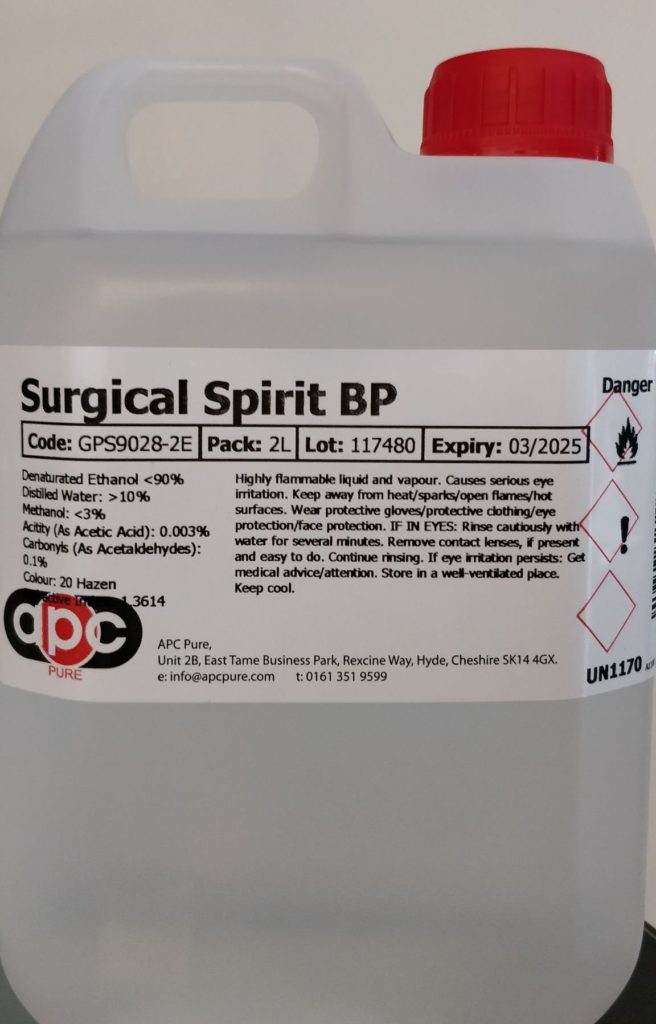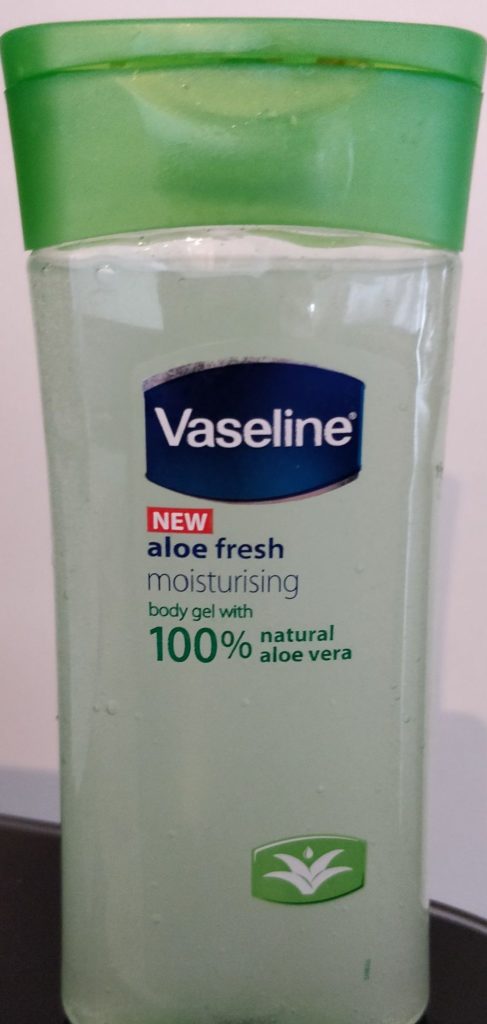How to Make Your Own Homemade Hand Sanitiser
With the madness of panic buying that has been seen across the world, which started with the clearing of soap and hand sanitiser from shops and quickly led to the fighting over packs of toilet roll and dried pasta, some people have suggested making your own sanitiser.
Some public health officials have recommended against it on the grounds that the public “is unlikely to be able to get a formula correct at home”.
However, if you’re left with the choice between that or nothing, making your own is likely better.
So from research, reliable sources state that you need sanitiser that is at least 60% alcohol. If health officials are concerned that an average Joe won’t get that right, perhaps it’s prudent to aim for a higher number…say 70-80%.
Ingredients for Homemade Hand Sanitiser
- Rubbing alcohol
- Aloe vera gel
- Tea tree oil
The magic ingredient of hand sanitiser is alcohol, it will remove many bacteria and viruses from surfaces and it’s used to clean things like cuts and grazes, as well as paint brushes.
So, thanks to price gouging and profiteers prices of rubbing alcohol (or surgical spirit) have shot up on sites like Amazon.
I’d ordered a 500ml bottle before the madness started, just to see if it was possible to make your own hand sanitiser. However, the seller didn’t ship it (either because they’d run out of stock, or because they wanted to keep their stock to sell at 10 times the price). Bottles that had previously cost around £3-5 are now selling for £30-60….which is just ridiculous.
So I sourced it from another site, and bought 2 litres instead. It arrived a few days later.

The other ingredients I used were aloe vera gel which I already had but you can buy from Boots or other similar shops and a few drops of tea tree oil which I picked up from Poundland.
Method for Making Hand Sanitiser at Home
Making hand sanitiser at home was quick and easy.
I used a 200ml bottle to make it, so you may need to change your quantities.
- Empty out 140ml of aloe Vera gel from the bottle (leaving 60ml in)
- Measure out 140ml of rubbing alcohol
- Pour the alcohol into the bottle with a funnel
- Add a few drops of tea tree oil
- Put the lid back on the bottle and shake until it’s mixed
And that’s it, it took not much longer than 5 minutes to do.
Note: I added a few drops of tea tree oil (just to make it smell nice, essential oils will not protect you from viruses).

Cost of Homemade Hand Sanitiser
For this exercise I don’t think it has been cheaper to make hand sanitiser at home than it would have been to buy it from the shop.
This is mostly due to the increased cost of the rubbing alcohol. The shop I bought it from actually sold it at a reasonable price (£6ish for 2 litres), but it had £8.49 shipping because they usually sell in bulk.
A 200ml bottle of aloe vera gel is around £2.50 and the tea tree oil was £1. This brings the total cost to £18.
A 50ml bottle of sanitiser can usually be bought for around 50p from Aldi, so there’s no saving here.
However, I have a lot more rubbing alcohol left which I can use for other things too.
In normal times, it may be slightly cheaper if you’re getting the rubbing alcohol for £3ish for 500ml.
Does Homemade Hand Sanitiser Work?
Reliable sources claim that sanitiser needs to be 60% alcohol to work. Based on this, my recipe for making your own hand sanitiser should work.
My rubbing alcohol is around 99% alcohol and I mixed it with a ratio of 70% alcohol, 30% aloe vera gel. Therefore, the mixture should be 69.3% alcohol, so there’s lots of room to cover any margin of error.
Having tried it on my hands, it smells nice and seems to work just as well. It left my hands a bit wetter than off the shelf products, but I might just be using too much.
When health is concerned, cutting corners is not advised. However, with no other alternatives, this homemade hand sanitiser recipe may be the next best option.
That said, you should always wash your hands thoroughly with soap and water instead if that is available.
Disclaimer: this was a recipe that we used but we accept no responsibility if you choose to follow it. This is only a guide for research purposes only. You should always complete a test patch before using any products.
Leave a Reply